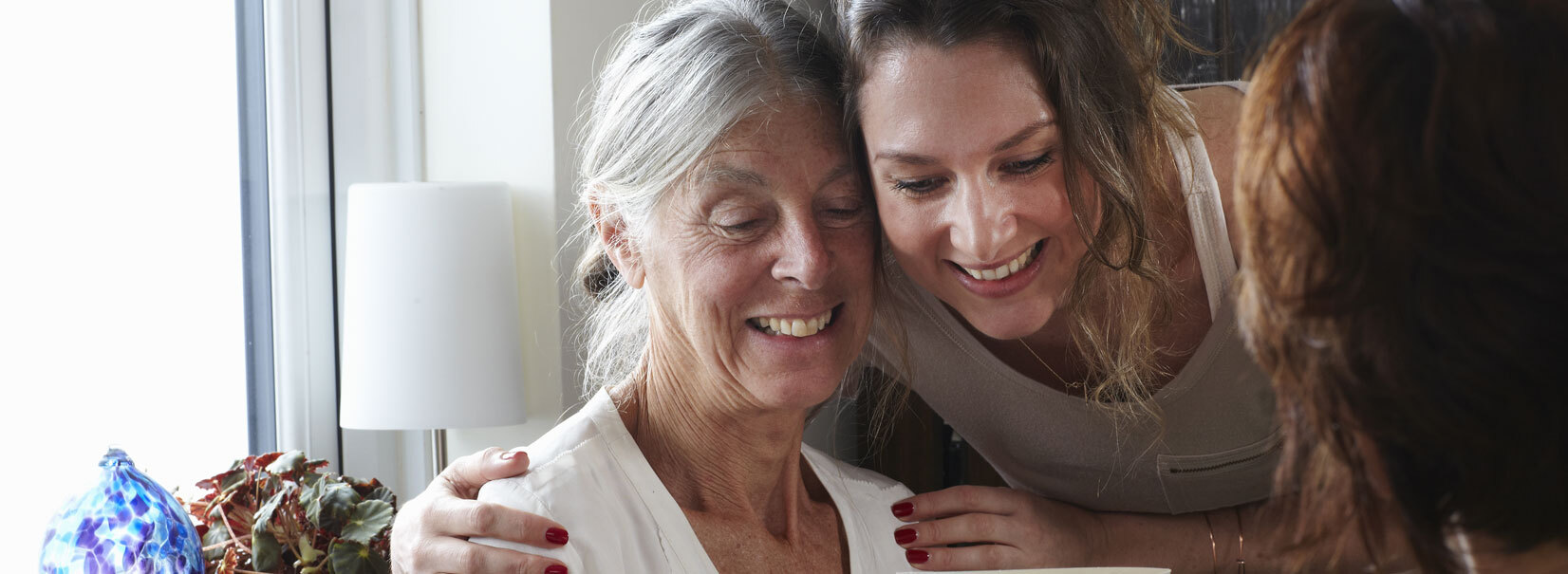Most of us pay tax. But most of us can also earn some income or make some investment returns or gains tax-free.
That’s because we can make use of our tax allowances. For example, UK workers can usually earn £12,570 of income each year (the ‘personal allowance’) without paying tax. And HMRC also offers tax allowances for pensions, savings accounts and investment returns.
But the government has frozen several tax allowances and income tax thresholds in recent years. It has even reduced some tax allowances, sometimes substantially.
The government, by reducing or freezing tax allowances and tax thresholds, can increase tax revenues without officially raising tax rates. Inflation and wages have risen in recent years, but tax allowances and tax thresholds haven’t risen along with them. The government has consequently garnered a higher tax take while we have generally paid a higher proportion of our overall income and gains in taxes.
Since the government may continue to freeze many tax allowances and thresholds until at least 2028, you may want to take advantage of the allowances that still exist. One way to do so is to share them with your spouse or civil partner.
You and your partner could gain some real combined financial benefits if you make effective use of each other’s tax allowances and tax thresholds. But you both also need to decide whether this approach is right for you from a personal point of view.
For example, marriage allowance enables a tax-paying spouse to gain up to £1,260 additional tax-free personal allowance from a non-tax paying spouse. And this could reduce your overall tax by £252 in the current tax year.




